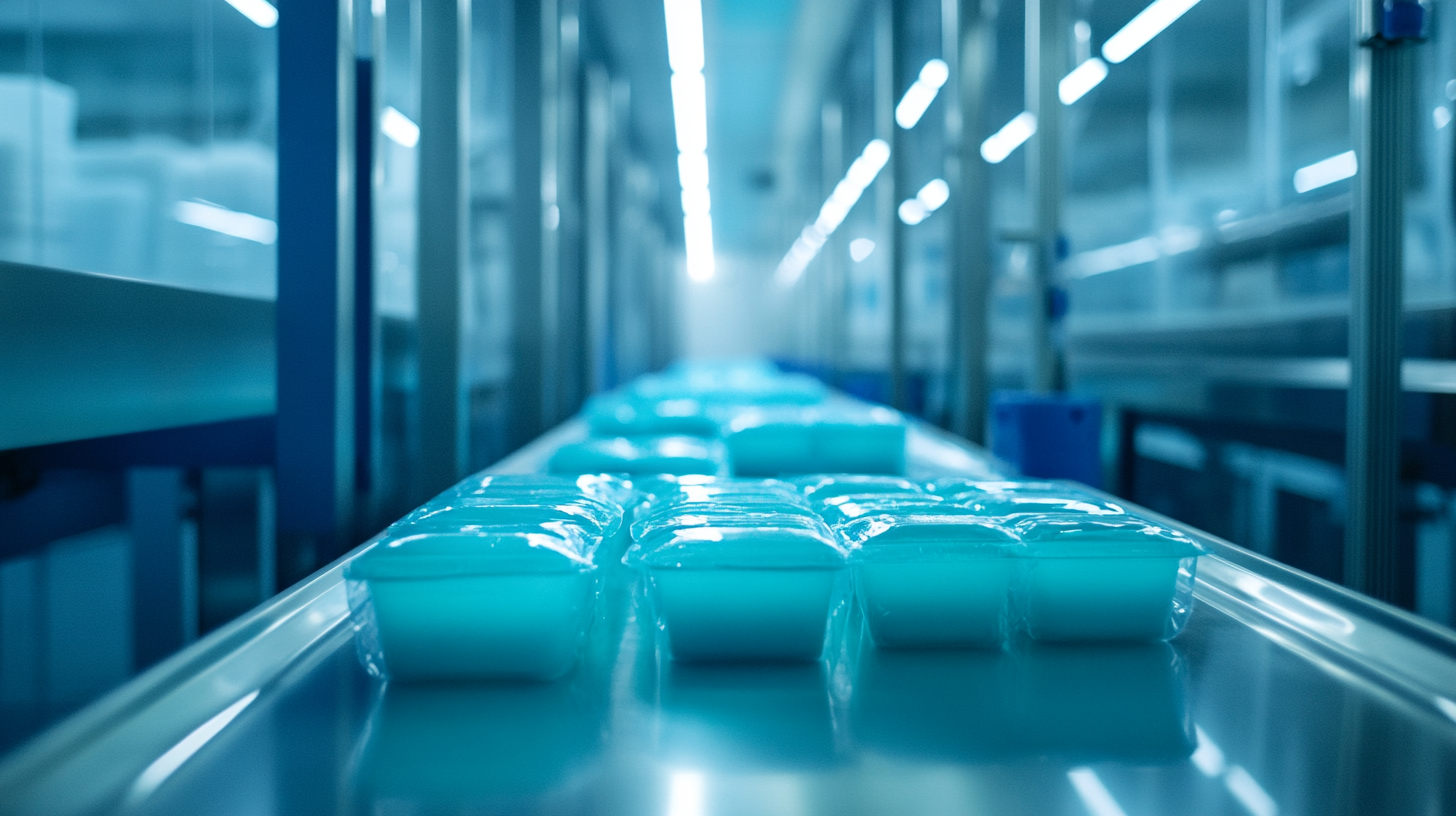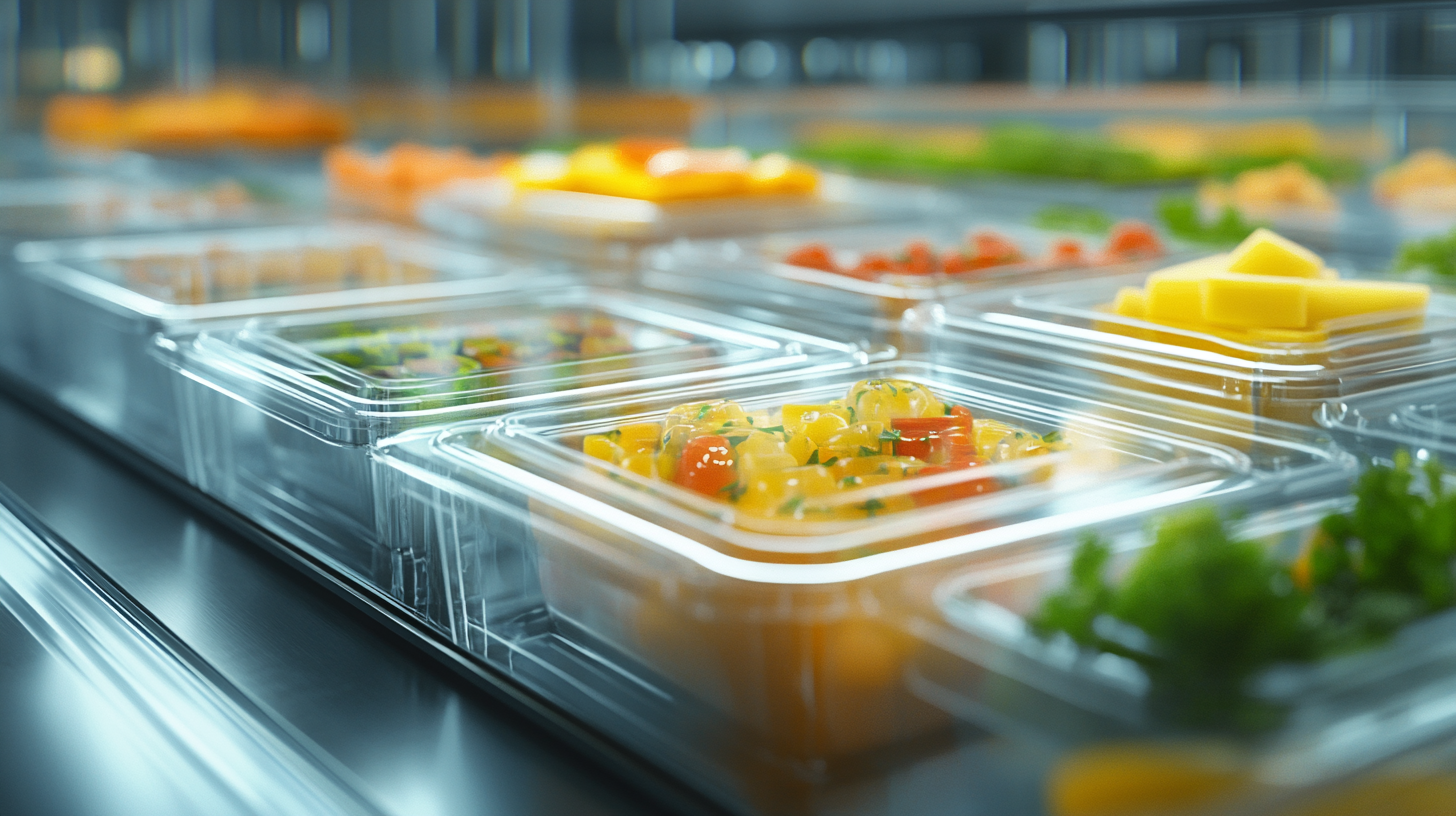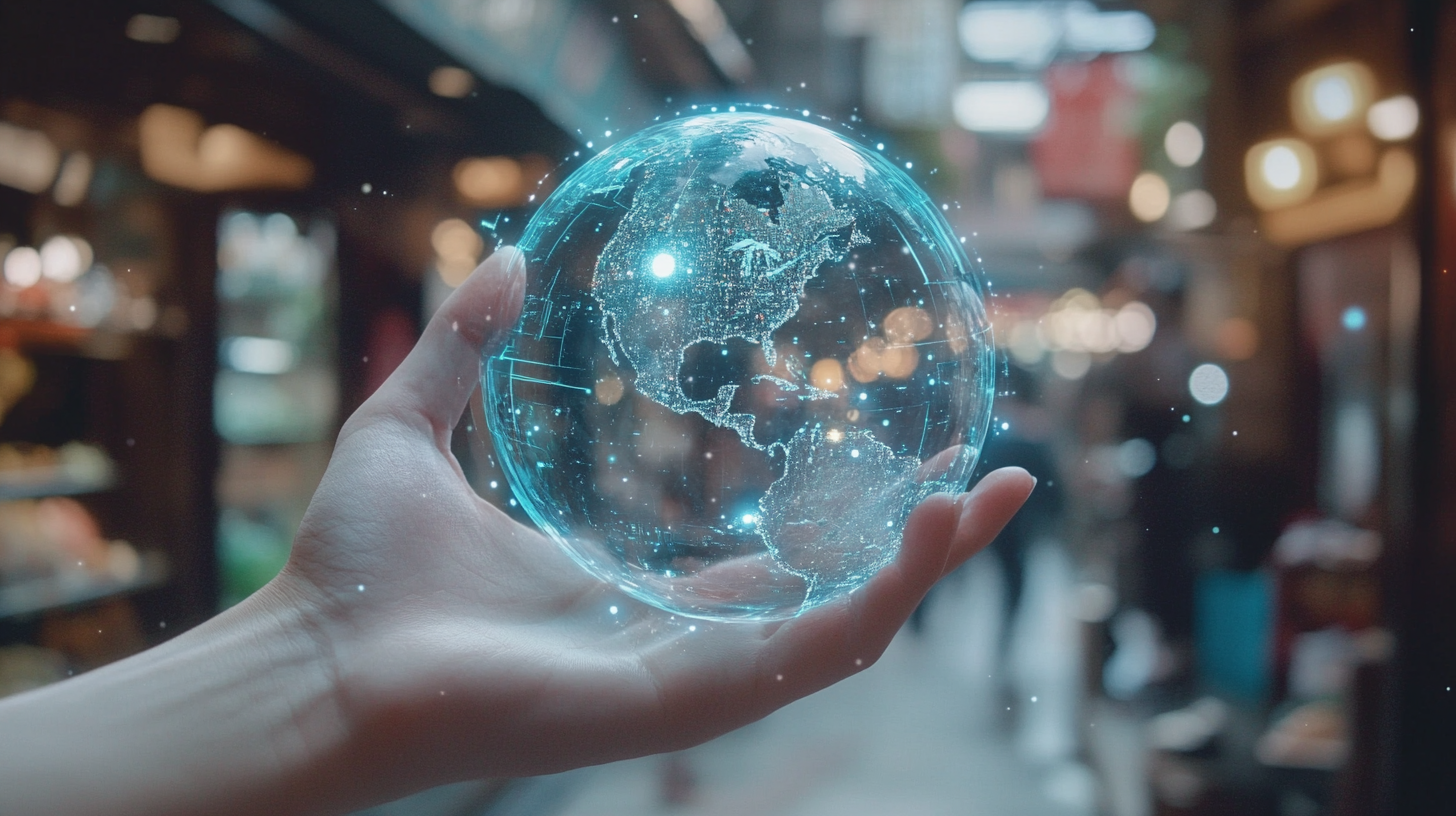Exploring the Future of Food Packaging Innovations and Their Impact on Global Supply Chains
As the global demand for food continues to rise, the importance of innovative food packaging solutions has never been more critical. According to a report by MarketsandMarkets, the global food packaging market is projected to reach USD 500 billion by 2026, growing at a compound annual growth rate (CAGR) of 5.7% from 2021. This surge is driven by the ever-evolving consumer preferences toward sustainable, convenient, and safe packaging options that not only protect the quality of food but also contribute to minimizing environmental impact. With increasing regulations and a heightened focus on sustainability, food packaging innovations are reshaping how products are packaged, shipped, and ultimately consumed on a global scale.
These innovations are not only transforming the packaging landscape but are also having profound implications for global supply chains. A study by Grand View Research indicates that advancements in smart packaging technologies—such as active and intelligent packaging—will revolutionize food preservation and traceability. By providing real-time information about product conditions, these technologies can enhance safety and reduce waste, improving overall supply chain efficiency. As we delve deeper into the intersection of food packaging innovations and global supply chains, it becomes clear that the future of food packaging is not just about aesthetics, but also about creating a more sustainable and resilient food system.

The Role of Sustainable Packaging in Driving Eco-Friendly Supply Chain Practices
Sustainable packaging is emerging as a pivotal element in modern supply chains, significantly influencing eco-friendly practices across industries. As businesses increasingly recognize the environmental impact of their operations, adopting sustainable packaging solutions becomes essential not only for compliance but also for brand reputation. By incorporating sustainable materials, companies can reduce waste, diminish carbon footprints, and conserve resources, contributing to a circular economy. Innovations in sustainable packaging, such as biodegradable materials and reusable designs, are reshaping supply chains. These advancements facilitate the reduction of single-use plastics and promote a more responsible approach to consumption. Additionally, companies leveraging eco-friendly packaging can appeal to environmentally conscious consumers, creating a competitive advantage in a market where sustainability is becoming a key purchasing criterion. This shift not only enhances customer loyalty but also encourages more organizations to consider their environmental impact, thus fostering a culture of sustainability within supply chains. Furthermore, the integration of sustainable practices in packaging can streamline logistics and reduce operational costs. Companies are beginning to recognize that effective packaging not only protects products but also enhances efficiency in transportation and storage. By optimizing packaging design to minimize size and weight, businesses can lower shipping expenses and improve their carbon footprint. As these innovations continue to evolve, the role of sustainable packaging will undoubtedly remain at the forefront of driving eco-friendly supply chain practices worldwide.

Innovative Technologies Transforming Food Packaging: A Statistical Overview
The realm of food packaging is undergoing a remarkable transformation driven by innovative technologies that enhance sustainability and efficiency in global supply chains. Intelligent packaging solutions, such as active and smart packaging, are gaining traction—these technologies not only preserve food quality but also extend shelf life by monitoring freshness and safety. For instance, sensors embedded in packaging can detect spoilage and communicate with consumers through smartphone applications, providing real-time information about product quality.
Statistical insights reveal the rapid growth of the food packaging market, projected to reach USD 500 billion by 2028. This expansion is largely influenced by increasing consumer demand for sustainable practices and eco-friendly materials. Innovations such as biodegradable plastics and edible packaging are emerging as viable alternatives to traditional materials, significantly reducing environmental impact. The shift towards such materials is not merely a trend; it's a necessity as companies strive to meet stringent regulations and improve their corporate social responsibility.
Moreover, advancements in automation and robotics in packaging processes are streamlining operations across the supply chain. These technologies help in minimizing labor costs and reducing human error, ensuring that products are packaged efficiently and accurately. The integration of artificial intelligence in inventory management further optimizes supply chain logistics, enabling better predictions of customer demand and reducing waste. As these innovations continue to evolve, they will undoubtedly reshape the landscape of food packaging, impacting the industry in profound ways.

Impact of Smart Packaging Solutions on Supply Chain Efficiency and Food Safety
The rise of smart packaging solutions is transforming the food supply chain, enhancing efficiency and ensuring food safety like never before. These innovative packaging technologies are designed to provide real-time data about the condition of food products during transit, allowing for immediate insights into temperature variations, humidity levels, and potential contamination. By collecting and analyzing this data, supply chain stakeholders can make informed decisions that prevent spoilage, reduce waste, and enhance overall product quality.
Moreover, smart packaging plays a pivotal role in compliance with food safety regulations. With the implementation of RFID tags and QR codes, tracking food sources from farm to table has become more transparent. Consumers can easily access information about the origin of their food, including how it was processed and stored. This traceability not only reassures consumers about the safety of their food but also empowers producers and distributors to quickly address any safety concerns that may arise.
In addition to improving food safety, these innovations streamline logistical processes. By utilizing IoT-enabled packaging, companies can optimize inventory management through accurate monitoring. This leads to more efficient restocking strategies, reduced excess inventory, and better alignment with consumer demand. As we continue to explore the future of food packaging, it’s clear that smart solutions are not just enhancing supply chain efficiency—they are also redefining food safety standards for the entire industry.

Emerging Trends in Food Packaging: Consumer Preferences and Market Growth Data
As the global food packaging industry evolves, consumer preferences are shaping emerging trends that are crucial for market growth. According to a report by Smithers Pira, the global food packaging market is expected to reach $500 billion by 2025, driven by increasing demand for convenience, sustainability, and aesthetic appeal. Consumers today are more informed and purposeful in their purchasing decisions, often seeking products that align with their values. Notably, a recent study by Innova Market Insights revealed that 74% of consumers are willing to pay more for sustainable packaging options, highlighting an urgent shift towards eco-friendly materials.
In addition to sustainability, innovation in food packaging technology is influencing consumer choices. For instance, smart packaging solutions, featuring QR codes and embedded sensors, allow consumers to verify the freshness of their food and track its journey from production to purchase. MarketsandMarkets predicts that the smart packaging segment will grow to $41 billion by 2027, at a CAGR of 8.5%. This trend not only enhances the consumer experience but also aids manufacturers in optimizing their supply chains, reducing waste, and improving food safety standards.
Furthermore, the rise of online grocery shopping has propelled the need for protective and efficient packaging solutions. A report from eMarketer indicates that online grocery sales will surpass $100 billion by 2024, prompting brands to invest in innovative packaging that ensures product quality during transit. Companies that adapt to these evolving consumer preferences will be able to thrive in this competitive marketplace and contribute positively to the overall sustainability of global supply chains.
Global Regulations Shaping the Future of Food Packaging and Their Supply Chain Implications
The landscape of food packaging is rapidly evolving, influenced by a combination of technological innovations and stringent global regulations. Organizations like the Food and Drug Administration (FDA) and the European Food Safety Authority (EFSA) are setting standards that directly impact how food packaging is developed, utilized, and managed throughout global supply chains. According to a report by Smithers Pira, the global food packaging market is projected to reach $429.3 billion by 2025, reflecting a compound annual growth rate (CAGR) of 3.5% from 2020. This growth is heavily influenced by regulation, as companies are required to adopt sustainable practices to reduce environmental impact.
Regulatory frameworks around food packaging are increasingly focusing on sustainability and safety. For instance, the European Union’s Single-Use Plastics Directive aims to significantly reduce the use of certain plastic products, pushing manufacturers towards biodegradable and recyclable materials. This transition not only affects the materials used in packaging but also demands innovation in supply chain processes to ensure compliance. A report from the World Economic Forum highlights that sustainable packaging solutions could save the food supply chain upwards of $50 billion annually by minimizing waste and promoting resource efficiency.
Moreover, region-specific regulations necessitate that businesses remain adaptable, ensuring that their supply chains can efficiently respond to varying standards and consumer preferences around the globe. The Global Packaging Alliance has indicated that compliance with these regulations will likely become a key differentiator in the competitive landscape. Adaptation to these regulations not only promotes corporate responsibility but also opens new avenues for operational efficiencies and cost savings in food packaging and distribution systems. As companies navigate these regulatory waters, their ability to innovate in food packaging will be critical for thriving in an increasingly complex global market.

